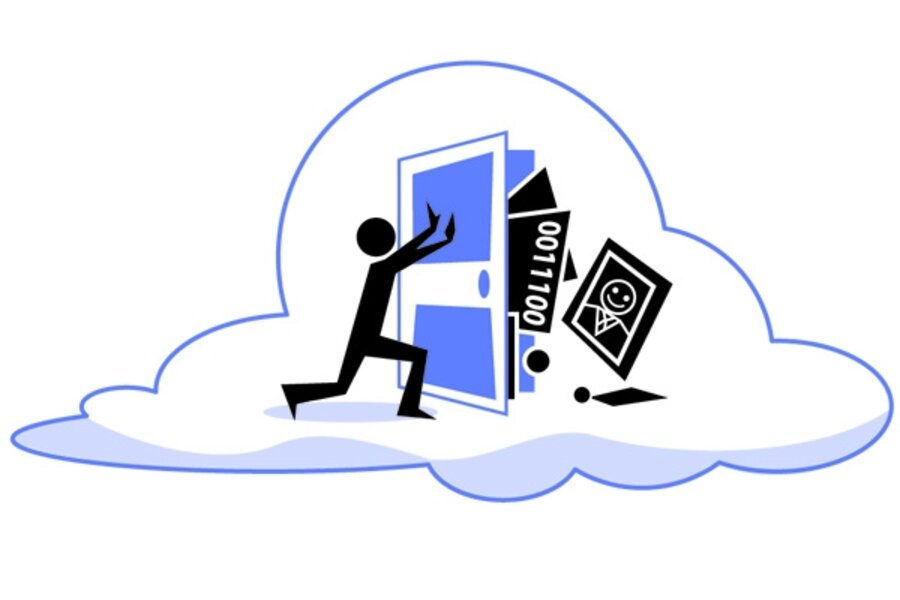The basics: How cloud computing works
Loading...
It sounds like a phrase ripped straight out of a sci-fi flick. But chances are, if you’re a regular Web user, you already have a pretty solid grasp of what “cloud computing” really is.
Consider, for instance, the social networking site Facebook. When you upload a picture of your friends onto the site, and tag your faces in the photograph, you’re engaging in a kind of cloud computing – those photos are now stored on the Web, as well as on your desktop. If you delete the photos from your computer, they will remain on the Web, accessible to you and your friends (until you two are no longer BFFs, and one of you rips the images down).
Years ago, during the first tremors of the dot-com rush, this cloud computing stuff was all pie in the sky. Tech gurus were fascinated by the concept, and a few programmers trotted out some serviceable fare, but accessible, mass-market software remained tantalizingly out of reach. Now, cloud computing is everywhere.
Folks keep their errand and grocery lists on Google Docs; they store snapshots from the family vacation on Flickr. Last month, Google said it was preparing an entire cloud operating system called Chrome, which will be available late in 2010. In a post on Google’s blog, Sundar Pichai, the vice president of product management, and Linus Upson, engineering director, called Chrome OS “our attempt to re-think what operating systems should be.”
So what would this kind of cloud-driven software look like? Users would forgo the long loading times, and forget about the desktop clutter. All their files would be stored on faraway servers, just a mouse drag and a click away. And forget about the endless installations and upgrades – all of that would be taken care of automatically.
Sound like nirvana? In some ways, it is. Hard drive crashes – the bane of PC owners worldwide – would become a thing of the past. (“That was the only copy of my novel-in-progress, and now it’s gone!”) Businessmen would no longer need to carry clunky external hard drives or briefcases full of discs. Students would simply save their term papers to that vast cyberspace repository in the sky.
We’d move as a computer culture from the age of the desktop to the age of the Web. All we’d need to connect to our files would be a solid Internet connection and a laptop.
Plenty of folks, of course, have expressed concern about the wisdom of cloud computing. For one, it effectively opens up a user’s files to a third party. And even if you trust that third party – plenty of us trust Google, for instance – it’s not exactly the same thing as keeping your files safe on your own hard drive in your own house. Also, what about a massive server glitch? What about a hacker burrowing his way in? Both have happened – rarely, but once is enough to make your old hard drive look pretty good. More problematically, such cloud computers can only be reached through an Internet connection. If you can’t find a solid signal, you’re locked out of your files.





